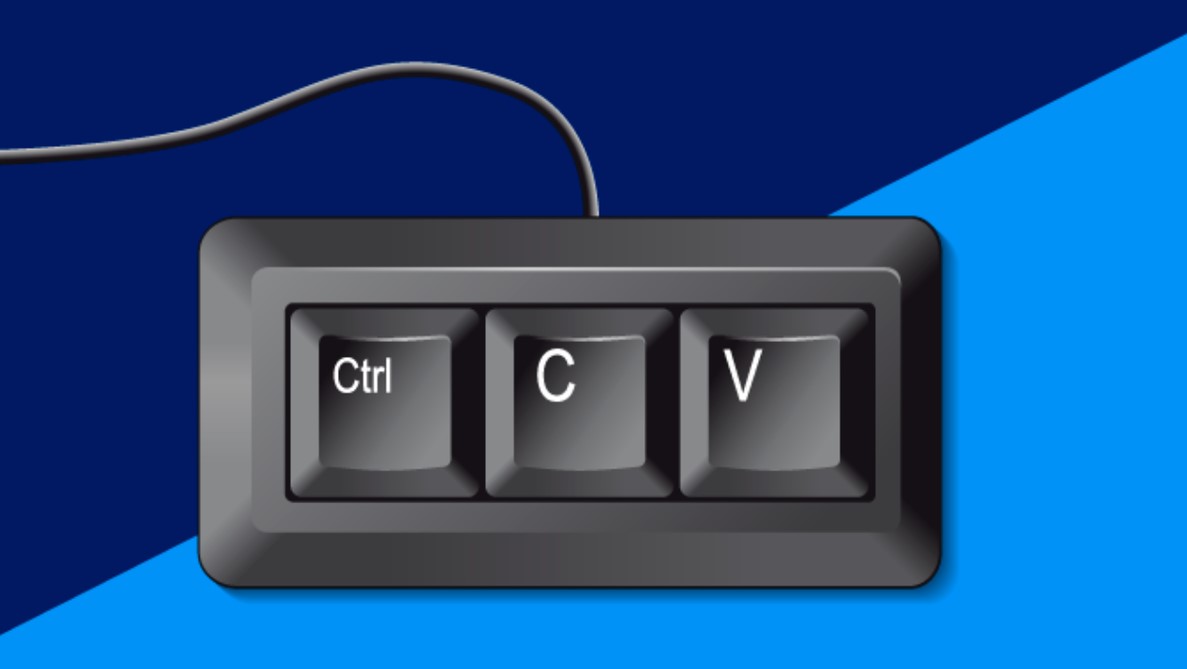Evolution and Efficient Use of Cut, Copy, Paste
Cut, Copy, Paste – these fundamental commands have become the backbone of our daily digital interactions. Globally, these functions are crucial methods for managing and transferring information. In this article, we will explore the history of these commands, their inventors, basic instructions, and some inventive hacks for their efficient use.
History of Cut, Copy, Paste:
- Cut: Invented by Larry Tesler in the ’70s, the cut command was created to simplify the process of moving text from one place to another within a document. Larry Tesler was a pioneer in user interfaces and introduced this essential command in the first personal computer, Xerox PARC.
- Copy: This command, also introduced by Larry Tesler, was designed to give users the ability to duplicate information without removing it from its original place. With a simple button press, users could easily replicate text or graphical elements.
- Paste: The paste command, developed by Tesler and his team, allowed users to place cut or copied information anywhere they desired.
Basic Instructions:
- Cut:
- Select the text or element you want to cut.
- Press the “Ctrl” and “X” keys (or “Cmd” and “X” on Mac).
- Copy:
- Select the text or element you want to copy.
- Press the “Ctrl” and “C” keys (or “Cmd” and “C” on Mac).
- Paste:
- Place the cursor where you want to paste the information.
- Press the “Ctrl” and “V” keys (or “Cmd” and “V” on Mac).
Hacks and Useful Tips:
- Clipboard Managers: Use a clipboard manager to access the complete history of cut and copied items. This way, you can quickly revert to previous information.
- Alternative Keyboard Shortcuts: In some applications and operating systems, there are alternative keyboard shortcuts for standard commands. Learn them to enhance your efficiency.
- Drag and Drop: You can also drag and drop items directly, eliminating the need to use cut and copy commands.
- Combined Usage: Combine these commands to optimize your workflow. For example, copy first and then cut if necessary.
Cut, Copy, Paste represent not only simple functions but true tools of digital productivity. With a clear understanding of history and basic instructions, along with some useful hacks, you can significantly enhance your experience in the digital world.

Aplica online pentru Jobu-ul tau dorit!


